“If you’re an HTC fan, 2015 is going to blow your mind!”
So said Jeff Gordon, the company’s Senior Global Online Communications Manager, on Twitter this past New Year’s Eve. He didn’t stop there, though; Gordon continued by opining that “HTC’s 2015 roadmap will be our best ever–with some huge surprises that will blow you away.” He even went so far as to taunt a colleague at Samsung, saying that he was “…looking forward to great competition and grade A trolling in 2015.” (He does know a thing or two about good trolling.)
Do these sound like the words of a man whose company will be releasing a near photocopy of last year’s flagship device on March 1st at Mobile World Congress, making some tweaks to the camera and processor, and calling it a day? Hardly. HTC has been engaged in some desperate obfuscation these past few weeks — and I don’t use the word desperate derisively, but rather to highlight the fact that the company (like most OEMs) has been backed into a corner by several factors outside of its control, forcing it to take extreme measures if it wants any chance of surprising the world with its shiny new device(s) come launch day.
Makers of products sold at retail have an underlying conundrum to face each and every time they attempt to pull off a launch of a new item: if they want to continue selling the old product for as long as possible, without cannibalizing sales by revealing that a refresh is imminently due, they need to reveal the new thing as close to the start of intended sales as possible. That is to say, the goal for any manufacturer is to minimize the amount of time between launch day and release day, in order to avoid a lengthy lull in sales while consumers wait for the new one to become available.
We’ve seen this desire manifest itself time and again in the mobile industry, as OEMs announce that start of retail sales will begin a month, sometimes even two weeks, after the grand unveiling. In fact, the only instances in recent memory that we have seen a long delta of time between launch and release were when the company was entering a new product category, with only its competitors likely to suffer losses in sales as consumers bide their time, waiting for the company’s own product to hit the shelves. The most obvious example of this phenomenon was Apple’s launch of the original iPhone and, more recently, the Apple Watch; both products were unveiled almost half a year before sales were slated to begin, because the firm knew that it could count on months of buzz to create a pent up demand for these products that would peak just as they became available to buy.
But why did Apple need to do that? What’s the downside to waiting until the last minute to reveal your hand and turning launch interest into quick profit at retail? In a word: leaks. Products are not developed in a bubble, nor released into a vacuum; in reality, manufacturers need to work with many partners in order to pull off a successful launch, and with the addition of outside actors into the equation — like advertisers, marketing firms, cellular network operators, and developers — comes an added risk of the product being revealed to the world in a manner not carefully planned and intended by its creators.
Which brings us back to HTC and its Hima flagship, set to launch on March 1st (along with a smartwatch and upmarket Hima Ultra variant, apparently) and go on sale mere weeks later. Last year’s M8, which Hima is due to replace, actually hit retail on the very same day as it was announced, through certain channels in some markets. And unsurprisingly, M8 was heavily leaked prior to its launch, with all of the phones specs and color variants on display in the days and weeks leading up to the announcement. So this year, HTC pulled an old trick out of its hat, and repeated an ultimately unsuccessful, but better-than-nothing ploy it attempted with 2013’s M7: the company put the guts of the phone into a dummy case, and sent these decoys to its partners who needed access to it pre-launch.
Those of you who were disappointed that early leaks seemed to point to a ho-hum refresh — an M8s, as it were (to borrow from Apple’s off-year model nomenclature) — will be pleased to learn that all these in-the-wild photos and mocked-up case renders were indeed clever plants, and that the One M9 and its big brother look almost nothing like last year’s One M8. In fact, I’ll submit that while the two devices share similar design language (check out yesterday’s exclusive for a description), they look less like the M8 than the M8 looked like the M7; in other words, a pretty significant break from the past.
Does this sleight-of-hand on the part of HTC mean that they will pull off a totally leak-free launch? That’s unlikely; the specs have already been nearly completely leaked thanks to Bloomberg and certain Twitter accounts, and as more test devices hit other partners in their production-ready form, those will almost certainly make their way to leaking channels as well. Why? For the same reason that people always leak unannounced products entrusted to them: there’s a vicarious thrill in seeing a story you helped create travel around the world at lightening speed, blowing up all the publications and forums that you yourself frequent. It’s a powerful, intoxicating feeling, and one that will keep leakers in business for a long time to come.
Other HTC One (M9)/Hima stories in the news
- Exclusive: HTC One M9/Hima design details will distinguish it from the HTC One (M8)
- New design details bring the HTC One M9/Hima further into focus
- HTC One M9/Hima poses for a few glamour shots
- New rumor claims HTC One (M9), HTC smartwatch to be unveiled in March
- HTC sends out invites to March 1 MWC press event – utopia in progress
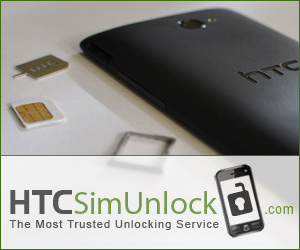



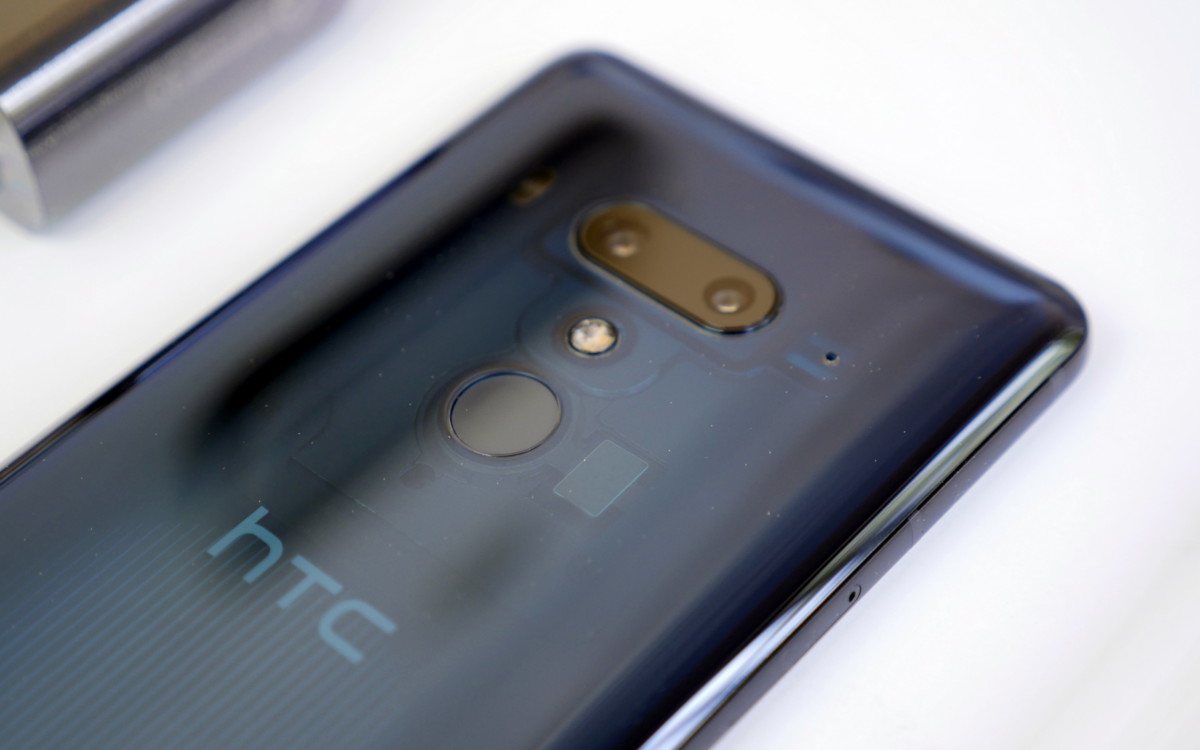
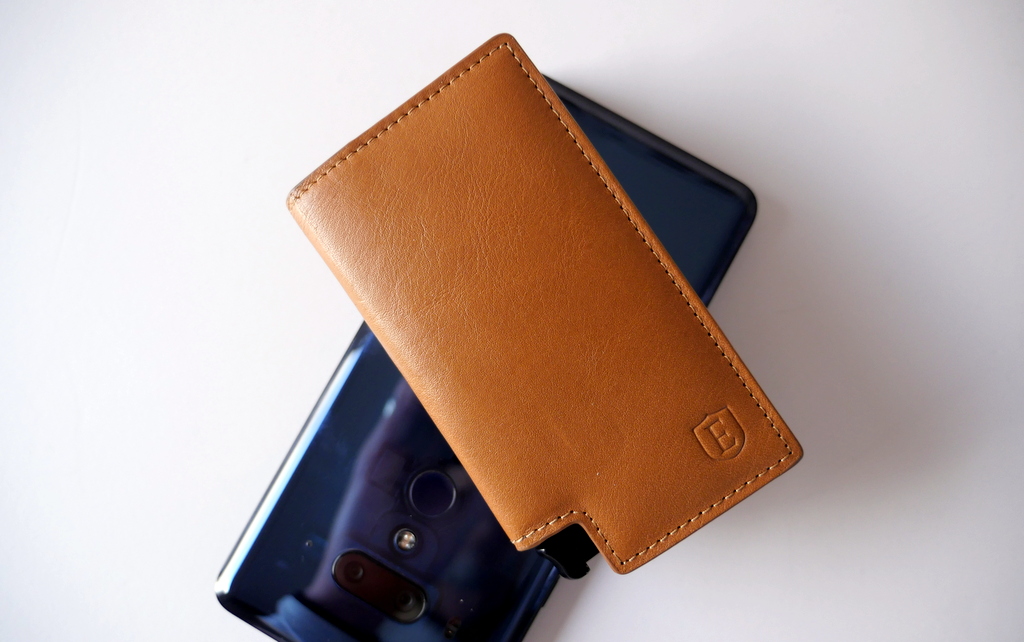




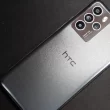

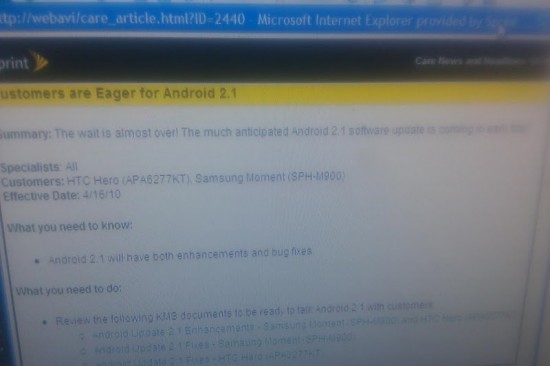
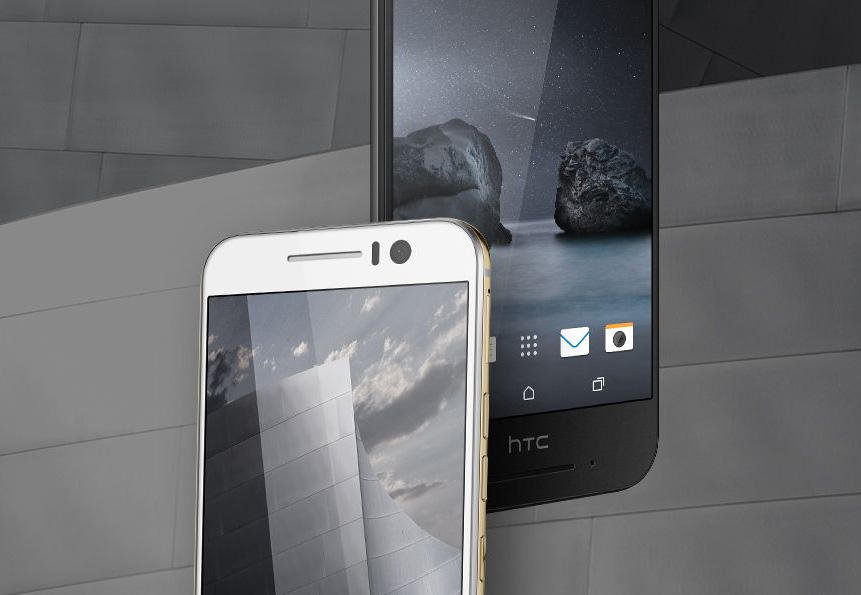
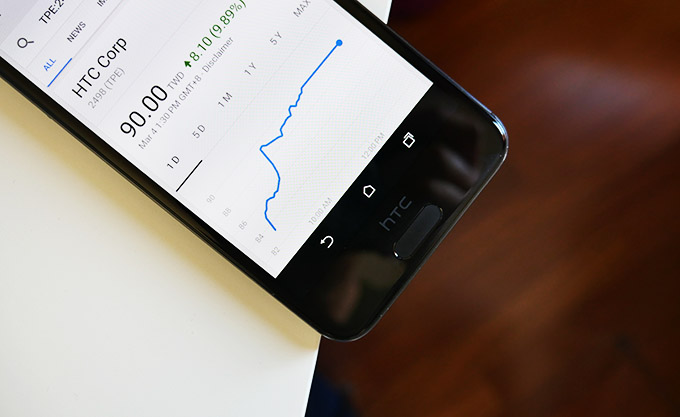
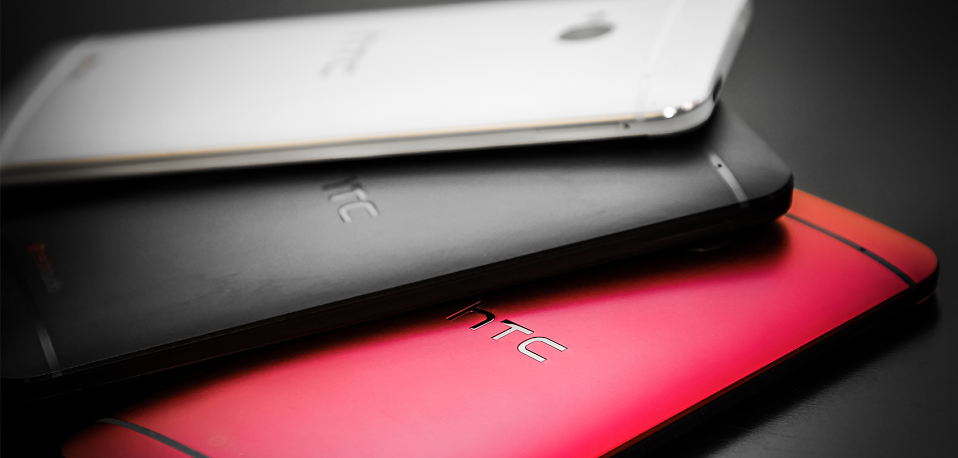
I can’t wait till March 1st!
It will be a nice change to be surprised this time around! Hima FTW
This was a great read and I’m hoping that there truly will be great things from HTC this year. They’ve come into the year with good momentum which they will hopefully build on!
A great read? About paragraph 4 I accepted it was going nowhere at all. It doesn’t even talk about rumors. Just a bit of fist pumping from the guy whose job depends on finally moving some phones. Forgive me if I don’t find him a impartial observer. Unless you never realized that consumers will shun your old stuff and wait for availability of the new this was one of the most pointless articles ever.
AND on that point, how about those people that now have buyer’s remorse because they just got locked into a 2 year contract on a year and a half old phone. Do you think they will be a dedicated repeat customer? Wonder why the industry has churn? It’s because they are predatory morons.
Sure, someone is always going to get the last of the old. But that’s why you start HEAVILY discounting the price far in advance. Let people that care about best available know that this product won’t be it for much longer — While letting people that are on an inflexible budget get the best phone available for their money. Then both groups love you.
Of course HTC might need that extra $20,000 to keep the lights on – because they sold nothing but junk for the last 4 years. HTC’s biggest hope is with Samsung. Samsung dropped the ball with the S4, and the S5 kicked it out into traffic. HTC may have a real revival if the S6 is just another micro-upgrade to the S3.
In my opinion this was still a great editorial to read, as tech site editorials go. Your comments on having prior flagships heavily discounted sounds nice but in practice, particularly with the competition that there is in the market, it is not very realistic and would be largely unprofitable to OEMs. That is a big reason why there is a midrange segment in the market.
“because they sold nothing but junk for the last 4 years.” Really, that’s why when it comes to the discussion of best design and best Android skin HTC flaships have been topping it for the past 2 years??? I think that was a little misguided, and also the point of the article in light of the week of rumours has been completely missed by you….
Obviously you have not been looking at the HTC One (M8) price lately. All US service providers have dropped the on and off contract price of the phone by $50 to $100 over the last few months. There were also amazing deals between Thanksgiving and Christmas which allowed people to get the phone for free as well.
I’d also like to guide your attention to every review site on the web to note that the HTC One (M8) has a higher user rating than the Samsung Galaxy S5, iPhone 6 and LG G3 (its three main competitors). It’s clear that the general public doesn’t agree with you.
Why did discuss get rid of down vote button…
a revamped S3 would be amazing 😀
Htc sold nothing but junk, … You need to slap your dam self in the mouth, the inspire, htc one x/x+, m7 and m8 was better than what Samsung had competing at the time, all Samsung had was access money from the TV’s to surround sound systems and stereos, house hold appliance to dam cameras , you name it, to be able to advertise the crap out of galaxy devices every year. So much that the sheep nature of people automaically kicked in and they actually started believing Samsung was the next big thing, the galaxy line is one of the laggiest cheapest built androids around.. get out of hea with that crap you talking
Sent from my HTC
To be fair, HTC only got it together with the M7 and M8. The HTC One X was okay, but only on AT&T. T-Mobile got the One S, and even I had to pick the S3 over the One S. I don’t even recall Sprint or Verizon getting anything. Before that, the Sensation only released on T-Mobile.
HTC’s problem was in availability, just like every phone before it. Recall that before the S3, no flagship phone had ever been released in the same form on all 4 carriers. The S2 was released as the Epic 4G Touch on Sprint, and the iPhone 4S had just barely made its way to Verizon.
Well to be fair, sprint got the evo lte(which sold quite a bit) which was the same as the one x just a different exterior with the addition of sd card support. Verizon got the dna later on in the year.
Yeah, Verizon passed on the One X and took the J Butterfly instead. Still, my point had to do with getting all of the carriers to agree to the same model of a flagship phone.
Actually, Sprint got the HTC EVO 4G LTE and Verizon ordered its own variant – the Droid Incredible 4G LTE. That was back in the day when service providers still have a lot of control over the phone’s name and design.
I was focusing more on the shift from carrier variants to unified models. If we’re including variants, then the Galaxy S was the first phone to launch on all 4 major carriers with the Vibrant, Captivate, Epic, and Fascinate. I chose the S3 as the starting point because it actually launched as the S3 on all 4 carriers. But thanks for the reminder of those two variants, I’ve edited my post above to reflect that.
HTC EVO 4G LTE I liked a slight bit better then my M7 but, I’m #TeamHTC 4 Life …
Hoping the ‘decoy test units’ trick illustrated by you is true. The leaked pics are quite underwhelming. Owning an M7 and would definitely wish to upgrade to M9/Hima. High expectations from HTC this time and hopefully they pull off this year with gr8 devices.
you obviously didn’t think they would throw their 2 year in a row success down the drain right? 🙂
“Sleight of hand” is the expression you’re looking for mate.
Off topic!!!
Does anybody know when will the M8 owners in Europe get the 5.0.1 update?
In about a week, the promised 90 days are counted and they can’t even come up with an explanation for being late.
That’s even more confusing when you know that they could’ve brought the update before new year’s eve, which was a realistic date.
HTC wtf? I thought they’d care about costumers, especially the ones who spent over €600 for their phone. That’s not a good way to keep us on board..
omg i hope so.. this is the first time HTC has not delivered a beautiful. phone since HTC EVO on Sprint.. I was totally shocked that this was the first time i had ever not cared for an HTC FLAGSHIP! I hope this is true.. the back camera is an eyesore.. so ugly!
Fear not! I’ve got all your backs! I’ll be at the event on March 1st!
Follow @thehtcbro on twitter and @htcbro on instagram if you have it..
http://instagram.com/htcbro
http://twitter.com/thehtcbro
I’ll be live streaming the juicy stuff and the stuff nobody else will be… Covert! 😉
The Question is, are we gonna see the Hima and Hima Prime for sale very soon there-after all these rumors … LoL